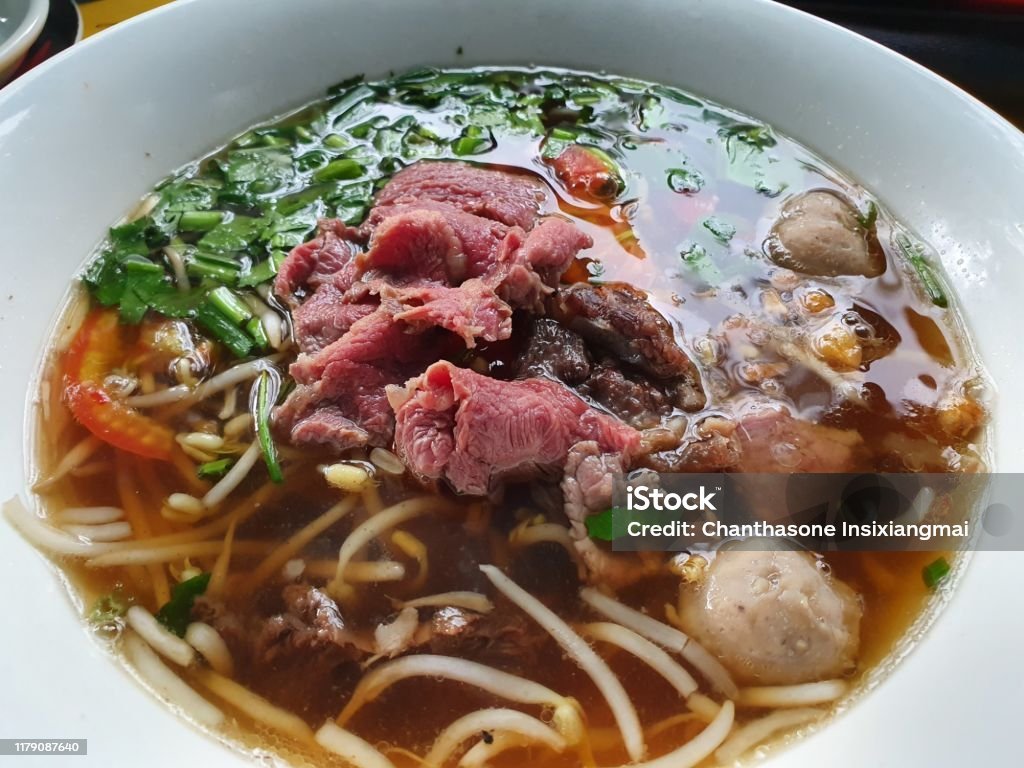
Tooth blackening, once a prevalent custom in Vietnamese culture, holds a unique place in the nation’s historical tapestry. This practice, which involves coloring the teeth black, was not merely a cosmetic choice but a significant cultural symbol of beauty and maturity.

Historical background
Historically, tooth blackening was common among various ethnic groups in Vietnam, especially in the northern and central regions. It was particularly popular among women, who underwent this process to adhere to the cultural standards of beauty and to signify their coming of age. The procedure was intricate, involving several steps to ensure the desired dark hue was achieved and maintained.

The process typically begins with the cleaning and preparation of the teeth. This was followed by the application of a concoction made from natural ingredients, such as plant extracts and iron. The mixture was meticulously applied to the teeth, which were then exposed to smoke from burning rice straw or other herbal materials. This smoking process was essential, as it helped set the dye and impart the deep black colour that was highly valued.
Cultural Significance
Tooth blackening was more than a beauty ritual; it was deeply rooted in Vietnamese beliefs and traditions. It was thought to protect the teeth from decay and to ward off evil spirits. Additionally, blackened teeth were associated with the noble and elite classes, symbolizing purity and refinement.

Decline of the Practice
The practice began to decline in the early 20th century, influenced by Western dental practices and changing beauty standards. Modernization and the advent of Western dentistry introduced new perspectives on dental health and aesthetics, leading to the gradual abandonment of tooth blackening. It is rarely practiced today, but it remains a fascinating aspect of Vietnam’s cultural heritage, remembered and respected by those who cherish traditional customs.
Conclusion
The tradition of blackening teeth in Vietnam reflects the country’s rich cultural history and the diverse beauty standards that have existed over time. Although this practice has largely faded, it remains a fascinating aspect of Vietnamese cultural identity and history. It illustrates how beauty, health, and social status have been interwoven in different cultural contexts.






